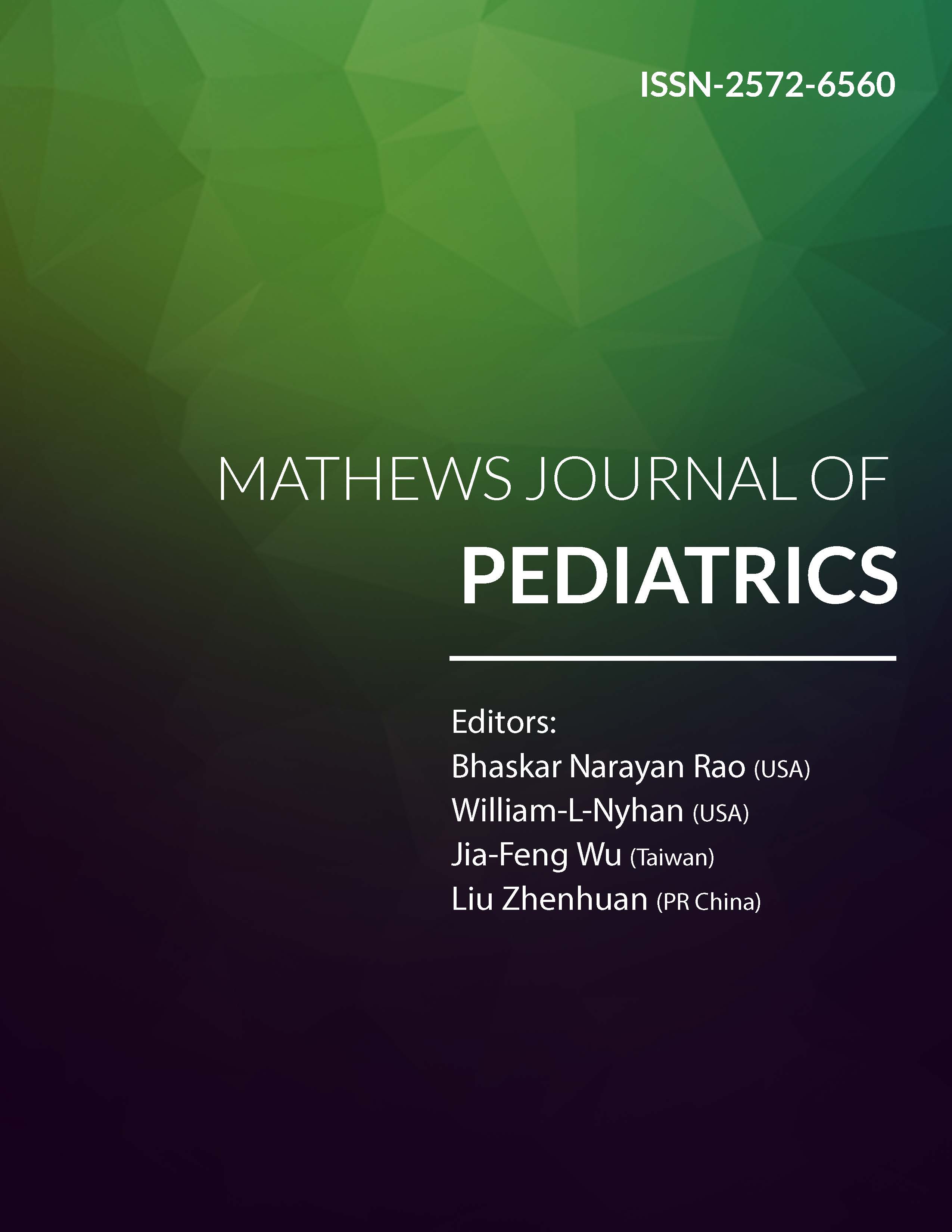
Information Links
Previous Issues Volume 6, Issue 1 - 2021
New Onset Clitoromegaly in a Preterm Infant: Premature Ovarian Hyperstimulation Syndrome
Rebecca Geliebter, MD, Kristina Derrick MD, Sc M, Beth Drzewiecki, MD, Sarah Rogal, MD, MPH, Jessica Kurian, MD, Jeffrey Gershel, MD, Yogangi Malhotra*, MD
NYC Health + Hospitals/Jacobi, Bronx, NY, United States
*Corresponding author: Yogangi Malhotra, NYC Health + Hospitals/Jacobi, Bronx, NY, United States. E-mail: [email protected]
Received Date: November 11, 2020
Published Date: June 30, 2021
Copyright: Malhotra Y, et al. © 2021.
Citation: Geliebter R, et al. (2021). New Onset Clitoromegaly in a Preterm Infant: Premature Ovarian Hyperstimulation Syndrome. Mathews J Pediatr. 6(1):25.
ABSTRACT
Neonatal clitoromegaly can result from overproduction of androgens by the fetus, the mother, or the placenta. Premature infants can also appear to have clitoromegaly due to variations in external genitalia. The patient reported is an extremely preterm infant who was assigned female sex at birth with a normal physical exam other than premature features. At 35 weeks corrected gestational age (CGA), the patient developed significant clitoromegaly with elevated gonadotropins, androstenedione, and dehydroepiandrosterone sulfate (DHEA-S). Further workup yielded the diagnosis of Premature Ovarian Hyperstimulation Syndrome (POHS). Hormone levels declined over time and her clitoromegaly resolved without intervention. This case of POHS is the first to document elevated DHEA-S as part of the diagnosis. Elevated DHEA-S has not been previously reported in POHS and it is likely that it contributed to the clitoromegaly. Recognizing POHS is important as the associated clitoromegaly typically resolves.
KEYWORDS: Clitoromegaly; Prematurity; Premature Ovarian Hyperstimulation Syndrome.